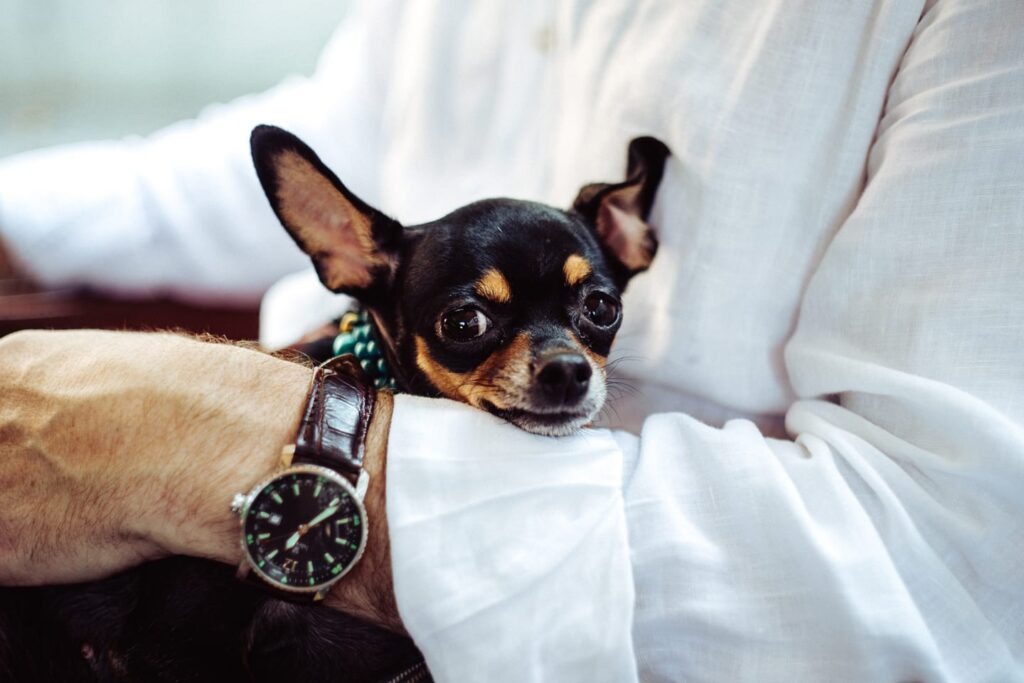How to Care for Small Dog Breeds and Miniature Dog Breeds


Before diving into little dog ownership, it’s important to know what kind of care small dog breeds and small mixes require. While personality varies from dog to dog, you will find that the needs of a little dog are quite different from those of a large pooch. Here’s all you need to know about caring for small dog breeds!
Lifespan
Little dogs tend to live longer than large dogs — sometimes by several years. So before you cave into adopting one of those precious mini toy dogs, make sure you’re ready for such a long-term commitment. While a big dog might only live for 12 years, many small ones live upwards of 17 or more years!
Diet
Another important aspect of owning small dog breeds is diet. Small dogs require fewer calories than large pooches. Look at the label of your dog food of choice. It will help you determine the proper portion size for your canine pal. Call your veterinarian if you’re still not sure how much your dog should be eating.
Your veterinarian might also advise you to feed your little dog food specially made for small dog breeds. Kibble for miniature dog breeds and small dog breeds comes in tinier pieces that are easier for little jaws to chew.
Exercise
How much and how often small dog breeds need to exercise will vary. Some little dogs have plenty of energy while others are couch potatoes. In general, small and miniature dog breeds will probably go a little slower than a big dog. Make sure you aren’t running too fast for your pooch’s itty bitty legs!
You also might want to attach the leash to a small dog harness instead of a collar. Some small dog breeds easily tangle their leashes around their legs. A small dog harness can help with this problem. Also some little dogs easily slip a kneecap. If your dog is limping, run your fingers up your dog’s leg from ankle to knee to pop the kneecap back into place. If your dog continues to limp or appear to be in pain, immediately call your vet!
Socialization
According to Shakespeare, “Though she be but little, she is fierce!” And this quote is often true when talking about little dogs. There’s no link between breed and aggression, but some researchers suspect there is a vague relationship between size and aggression. Perhaps contrary to intuition, some animal experts believe that small and toy dogs are more aggressive than their larger counterparts.
But don’t despair! Frequently fixing aggression, or preventing it in the first place, comes down to proper socialization and training. Make sure your dog establishes excellent social skills as soon as you bring them home. It’s much easier to form good habits than to break bad ones. We recommend practicing positive reinforcement training. If positive reinforcement doesn’t seem to be working, seek advice from a professional. Dog trainers know how to transform your doggy sourpuss into a total sweetheart. Also be sure to read our article on excessive barking!
As for socialization, be sure to regularly expose your dog to other pups and strangers. Much like humans, dogs learn good manners through experience. And practice makes perfect! Does your dog yap at other pups? Or do they tentatively sniff the other pooch’s rear end? If they do the latter, then your dog is on the right track! Sniffing another dog’s butt is the doggy equivalent of a polite handshake.



